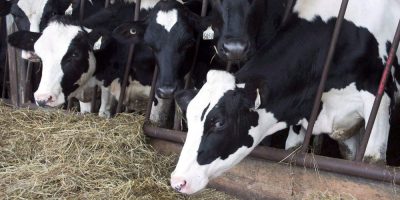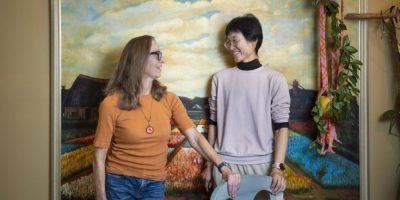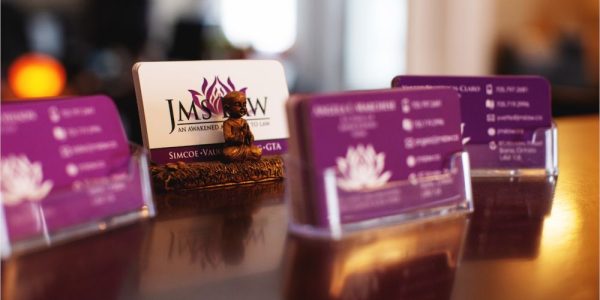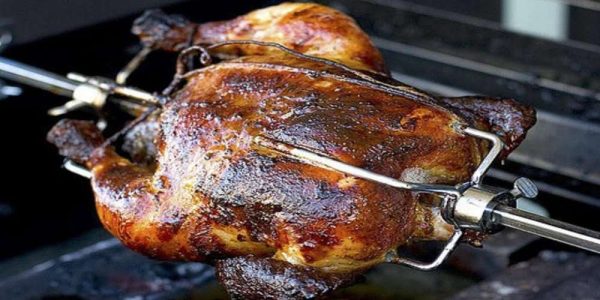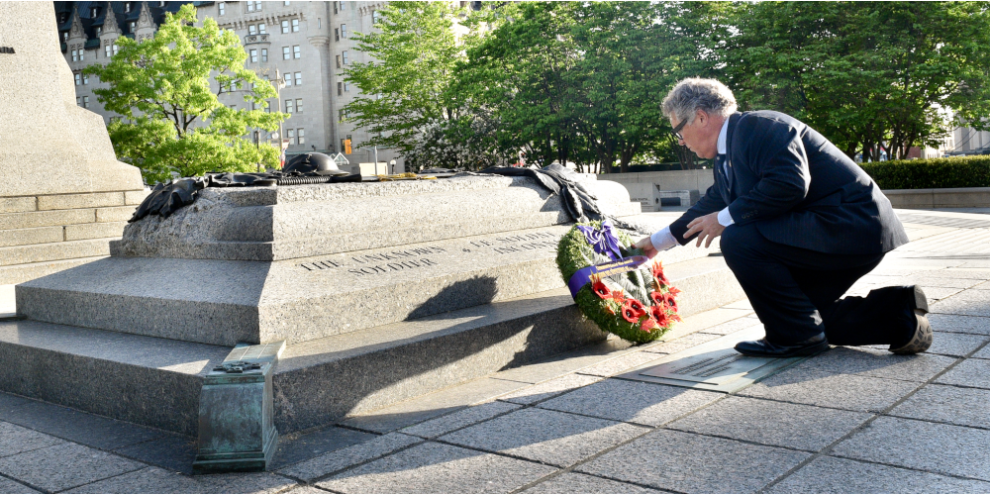
For 20 years, The Tomb of the Unknown Soldier has been honouring the sacrifices of Canadian soldiers who died in anonymity, and a special social distancing ceremony was held to mark its 20th anniversary.
One of the Commonwealth War Graves Commission's (CWGC) most prominent memorials, The Tomb of the Unknown Soldier contains the remains of an unknown, First World War Canadian solider from Vimy Ridge, in the Nord-Pas-de-Calais region of France, who represents not only the roughly 11,160 Canadian servicemen who died in France with no graves but all of the those who anonymously gave their lives in service of Canada.
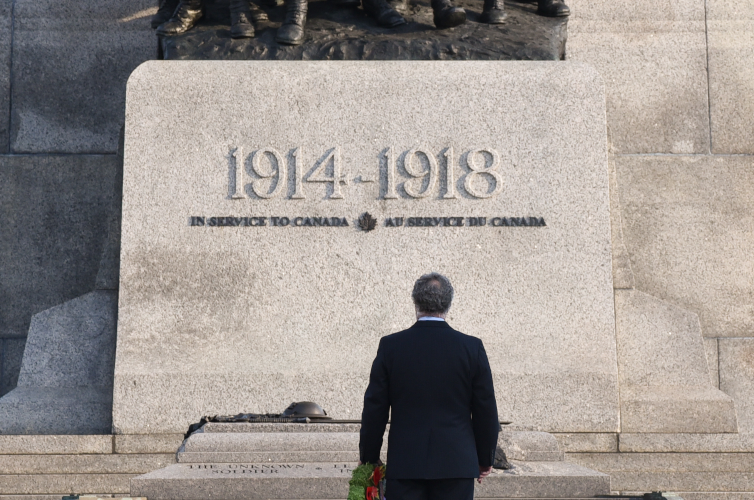
Designed by Canadian artist Mary-Ann Liu, the sarcophagus in the Tomb features soil from the soldier's original grave in France, as well as from each province and territory, and a feather to represent Indigenous Peoples. The memorial’s bronze sculptures include key elements of the stone carving on the Vimy Memorial altar: a medieval sword, a helmet, and branches of maple leaves symbolizing victory and death. Four bronze corner pieces complement the structure - three replicas of the Canadian Memorial Cross and a poppy as a symbol of remembrance.
To mark the anniversary, Veteran and CWGC Area Director, David Loveridge laid a wreath and flowers from the Cabaret-Rouge British Cemetary in France, the original resting place of the unknown soldier. “During these difficult times, it is more important than ever for Canadians to reflect on those who served and gave their lives so that we could live safely and freely.”
Featured image courtesy of the Commonwealth War Graves Commission.



